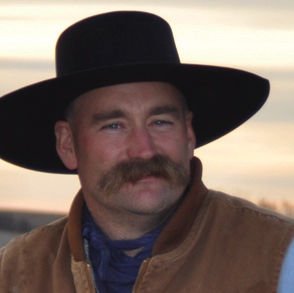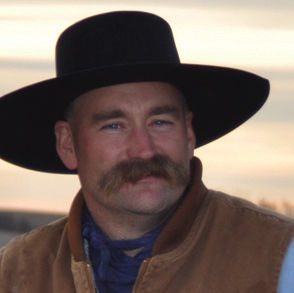By Trent Loos
Apparently, I went into hibernation and missed the whole era when our water resources in the Great Plains have been replenished and we are now flush with water.
Oh wait, farmers are still restricted in accessing water to irrigate crops in most regions of the breadbasket of America. So then why on earth are we supporting policies to spend massive taxpayer dollars to implement carbon capture and sequestration? I have spent a great deal of time on the dangers of compressed carbon dioxide but even more dangerous may be the amount of water required for the process.
Every research project I can find, dating back to 2015, says it takes a significant amount of water and energy for CCS but much more research is needed to confirm what we have figured out here.

I will just take a moment and share some of what I have found, all in published articles, not just opinion pieces.
From Science Direct available at www.sciencedirect.com:
“The widespread deployment of CCS to meet the 1.5 degrees C climate target would almost double anthropogenic water footprint. Consequently, this would likely exacerbate and create green and blue water scarcity conditions in many regions worldwide. Climate mitigation scenarios with a diversified portfolio of CCS technologies have lower impacts on water resources than scenarios relying mainly on one of them. The water footprint assessment of CCS is a crucial factor in evaluating these technologies. Water-scarce regions should prioritize water-efficient CCS technologies in their mitigation goals. In conclusion, the most water-efficient way to stabilize the Earth’s climate is to rapidly.”
The following is from the University of California-Berkeley available at bit.ly/3RESbB2:
“While CCS minimizes emissions from the combustion of fuels, its impact on global water resources has not been widely explored. New research shows that CCS could stress water resources in about 43% of the world’s power plants where water scarcity is already a problem. Further, the technology deployed in these water-scarce regions matters, and emerging CCS technologies could greatly mitigate the demand CCS places on water consumption.”
And my favorite comes from Global CCS Institute available at bit.ly/46UT8t9:
“Additional water requirements introduced by CO2 capture processes can be of concern in areas where water is scarce. The studies available in the literature provide quantification of these requirements, indicating that they are significant. Alternative solutions exist to overcome the problem, like using less water-intensive capture technologies or optimizing the integration with the capture plant.
The literature values, however, should not be used as universal indicators. The actual increase in water consumption must be estimated on a case by case basis, carefully accounting for the capture technology (type and size), the cooling systems adopted and the level of integration.
A comprehensive assessment for each individual case must be carried out that considers all the available technologies for CO2 capture, including oxy-combustion technology, in order to compare their performance in terms of water requirements.”
Someone is going to need to explain to me how, in the name of being “green,” by increasing energy needs by 35% to 40% and increasing water use by 60%, we can justify that we are making life better. None of the CCS process actually creates anything usable that we don’t currently have without this huge expenditure of natural resources.
As I write this, news has been reported that at mid-day Dec. 10, 2023, an earthquake made dishes rattle near Guide Rock, Nebraska. While earthquakes are rare in Nebraska, the U.S. Geological Survey has very clearly indicated that injecting liquid into the earth does, in fact, cause earthquakes.
Since my first attempt to bring awareness to American agriculture, we have been focused on leaving the earth a little better than we found it. In my opinion, we have policy makers far too removed from the land that are driving policy decisions and spending our grandkids’ funds to destroy the productive, healthy environment we have created. It’s time to focus our energy on what is above ground.
Editor’s note: The views expressed here are the author’s own and do not represent the views of High Plains Journal. Trent Loos is a sixth generation United States farmer, host of the daily radio show, Loos Tales, and founder of Faces of Agriculture, a non-profit organization putting the human element back into the production of food. Get more information at www.LoosTales.com, or email Trent at [email protected].

